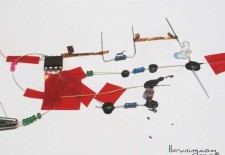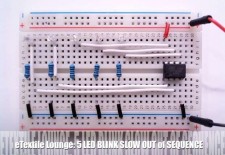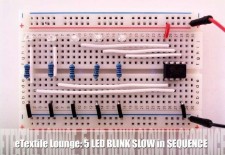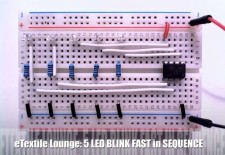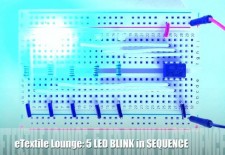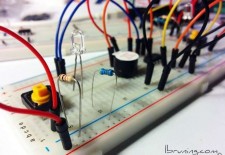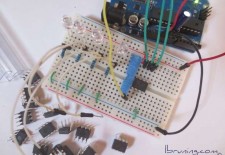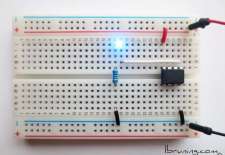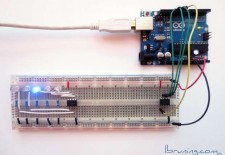Photosensor Circuit
These three eTextile circuits use the same hardware to create a light sensing circuit. The first two example uses seed beads to insulate the conductive thread and add an aesthetic twist to standard electronic hardware. While the final circuit uses electrical tape, conductive paint, conductive thread, conductive tape, and a lot of ingenuity to connect the […]
Read more ›
